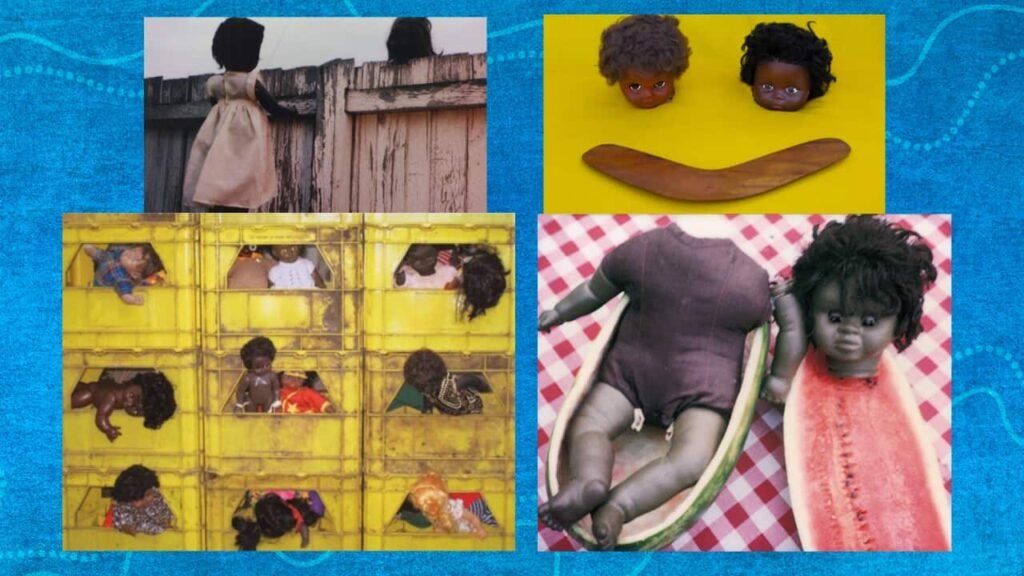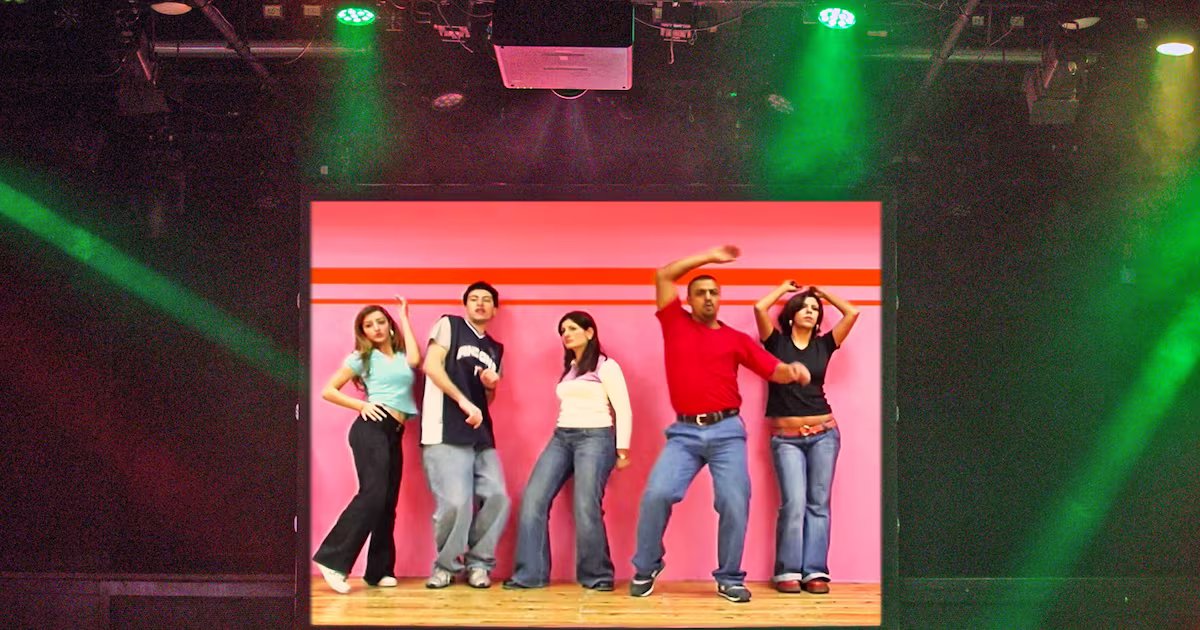Warning: This article contains the image of a person who has died.
Indigenous trailblazer, artist and activist Destiny Deacon has died.
The Erub/Mer (Torres Strait) and K’ua K’ua (Cape York) woman passed away in Melbourne.
She was renowned in the art world for her politics, often using black dolls to comment on Indigenous trauma and stress and Australian racism and colonialism.
Deacon was represented commercially by the Roslyn Oxley Gallery, who issued a statement on her passing.
“Destiny’s work, known for its witty and incisive exploration of Indigenous identity, political activism, and cultural resilience, has left an indelible mark on the Australian art landscape and beyond,” the Paddington-based gallery said.
“We have no doubt that Destiny’s legacy will continue to inspire and resonate with future generations, serving as a potent impetus for social change and collective healing.
“Vale Destiny Deacon. Your sharp sense of humour, warmth and enduring spirit will be greatly missed.”
Virginia Fraser and artist Destiny Deacon with joint work from the ‘2005 Colour Blinded’ series at the National Gallery in Canberra. Source: AAP / AAP: Alan Porritt
The mind behind ‘Blak’
Around 1993 Deacon coined the term ‘Blak’, which according to was part of a “symbolic and potent strategy of reclaiming colonialist language to create means of self-definition and expression”.
Deacon has been quoted saying as a child she experienced verbal racism from”white people” who would use the term “black c***”.
“I just wanted to take the C out of black,” she said.
Her life and legacy
Born in Maryborough, Queensland, in 1957, Deacon grew up in Port Melbourne, in housing commission flats.
She attained a Bachelor of Arts from the University of Melbourne in 1979 and a Diploma of Education from La Trobe University in 1981.
She pursued teaching working at secondary schools and Aboriginal community schools across Victoria before being a staff trainer for Aboriginal activist Charles Perkins AO in Canberra.
In the late 1980s, Deacon began her career as an artist, creating her first film Home Video.
“I became an artist to tell stories of being an Indigenous Australian: colonialism, poverty, racism, sexism. I started taking trips interstate and the allure became a lot of fun, meeting all sorts of people in the art world and living the artist’s life,” she said in an
In 1991, she debuted her art at the Melbourne Fringe Festival and featured in an installation alongside other Aboriginal women at the Art Gallery of New South Wales.
Two years later she had her first solo exhibition, Caste Offs, at the Australian Centre for Photography.
‘Man and Doll’ from the series Colour Blinded by Destiny Deacon shown in the National Indigenous Art Triennial ‘Cultural Warriors’ at the Gallery of Modern Art in Brisbane. Source: AAP / PR IMAGE
Deacon’s work has been shown internationally, including at the Havana Biennale, the Johannesburg Biennale and the Yokohama Triennale.
In 2004, Sydney’s Museum of Contemporary Art showcased a solo exhibition of her art, titled Destiny Deacon: walk and don’t look blak.
In November 2020, Destiny, the largest retrospective of her work showed at Melbourne’s National Gallery of Victoria.
When asked to describe her art, Deacon said it’s about “creating a world of my own, outside of my own world”.








